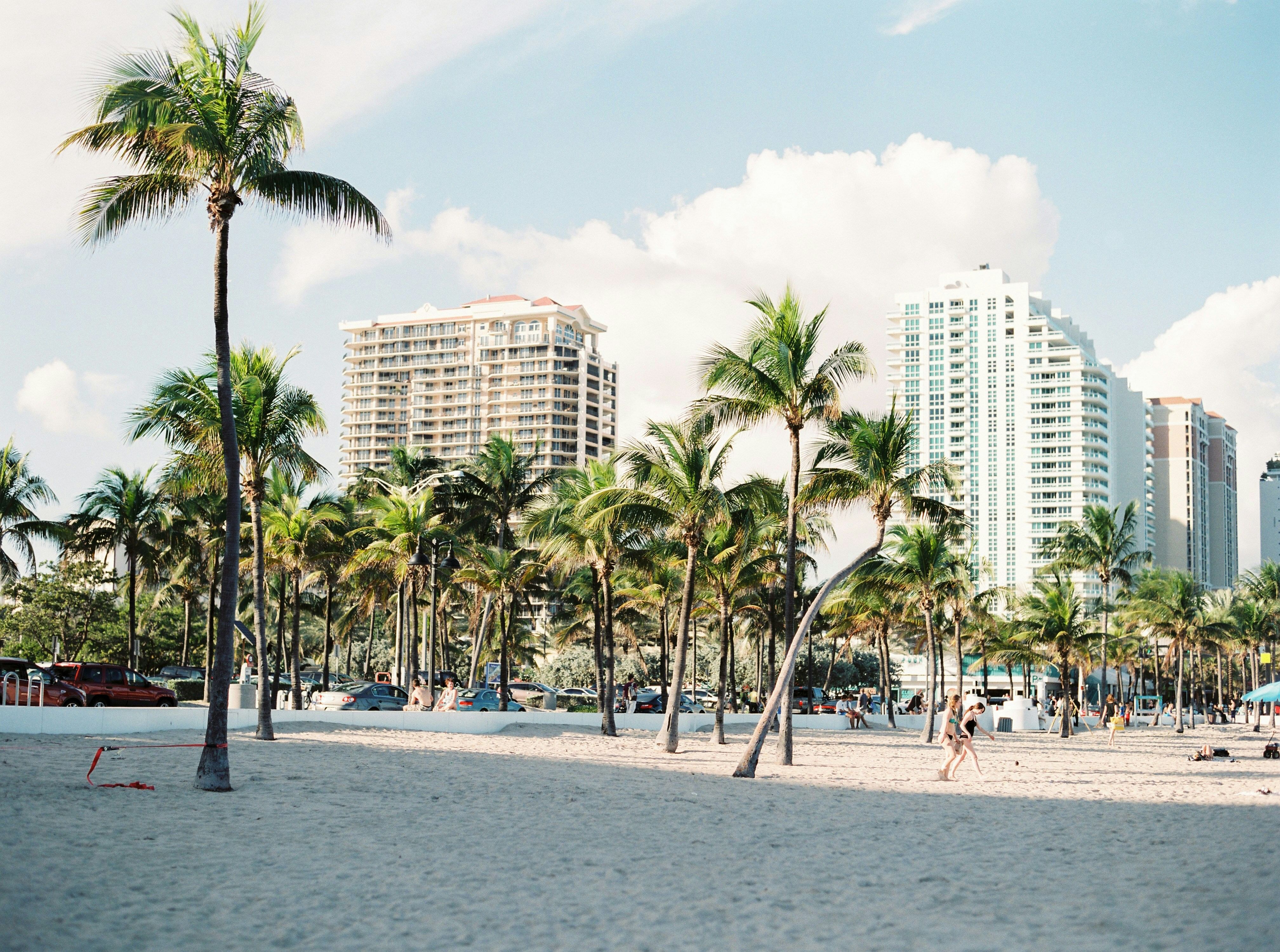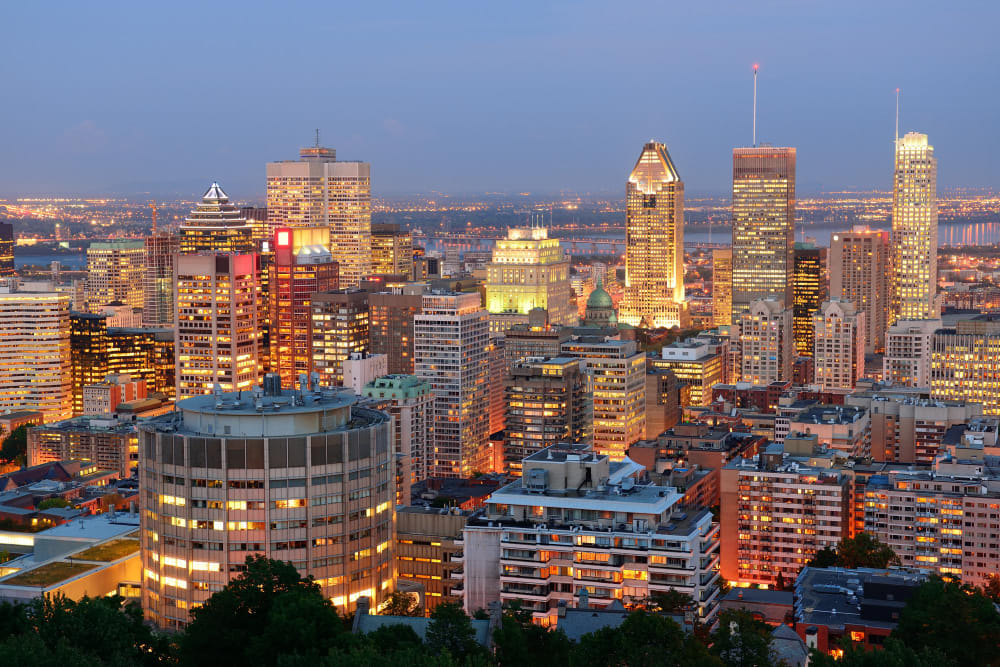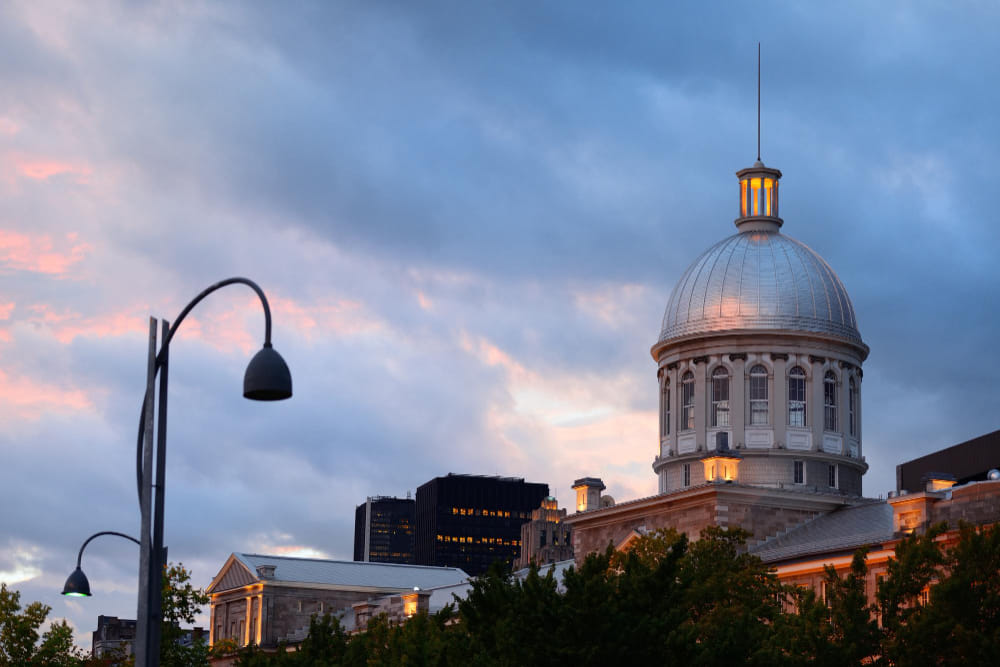Miami is known for its beaches, nightlife, and lively energy, but like any big city, it has its rough spots. Beneath the sunshine and excitement, different neighborhoods come with their safety concerns. While most parts of Miami are safe and secure for living, tourism, and working, some areas face problems like theft, property crime, and other violent incidents. Whether you’re a student, a visitor, or planning to move, it’s important to be aware of the most dangerous neighborhoods in Miami to stay safe and make smart choices.
In 2025, Miami’s crime rate is 29.79 incidents per 1,000 residents. Most crimes include property crimes like theft and burglary, with fewer violent offenses. The crime in Miami has dropped overall, with homicides down by 20%, robberies down by 17%, assaults down by 19%, burglaries down by 23%, and car thefts down by 23%, showing Miami's commitment to public safety.
Top 10 Dangerous Areas in Miami
Planning a move to Miami? While the city has a vibrant culture and top-tier universities, some neighborhoods experience higher rates of violent crimes, including robbery, assault, and even homicide, as well as property crimes like burglary, motor vehicle theft, and larceny. Let’s take a look at some of the dangerous areas in Miami and stay well-informed.
1. Overtown

Overtown consistently ranks among the most dangerous Miami neighborhoods, known for high rates of violent crimes like assault and robbery. While it has a rich history and strong cultural roots, the area’s challenges remain significant. Street crime remains a concern here, and although there is little improvement, it is still one of the most dangerous areas in Miami to avoid for students and young professionals. 2025 still shows high violent-crime levels with assaults, and property crimes up about 2–3% compared to 2024. Despite efforts at revival, Overtown’s nightlife corridors and under-policed corners make it risky for newcomers.
2. Liberty City

Liberty City is often on the list of dangerous areas in Miami due to its troubled history of crime and poverty. Gang activity, drug-related crimes, thefts, and frequent shootings are some of the major concerns in Liberty City. Located in the northwestern part of the city, it has long faced poverty and social neglect. Though community leaders continue to push for change, Liberty City remains one of the worst neighborhoods in Miami. The area shows a high level of crime incidents according to the latest city of Miami crime statistics, especially violent offenses. Gun-related incidents remain one of the city’s highest; although shootings fell last year, robbery and petty theft complaints rose about 4% in 2025. Students and first-time renters should steer clear, particularly around poorly lit or isolated areas. If you’re reviewing listings near Liberty City, always cross-verify the location with a right map before making a decision.
3. Little Haiti

Little Haiti is a cultural district, but it's also counted among Miami most dangerous neighborhoods. Known for petty thefts, home break-ins, and occasional violent crimes, this neighborhood remains under active development, even though the safety improvements are yet to be seen. While daytime visits may feel safe, crime tends to rise during evening hours. Burglary, theft, and violent incidents occur often, especially at night. Vehicle break-ins and petty theft are more than 3% over 2024 due to population growth and nightlife. Students considering housing apartments here should explore better-lit and more secure streets. Use an accurate map to know about the lower-risk sections if you’re determined to stay near the area.
4. Allapattah

Bordering Wynwood and Downtown, Allapattah presents a unique mix of industrial zones and residential streets. The area reports frequent property crimes, including car break-ins, thefts, assaults, and burglaries. Larceny and car break-ins rose about 3% in 2025, making property crime the top concern. If you're looking for student housing, it's better to explore nearby safer districts. The crime statistics in Miami list Allapattah among neighborhoods with above-average theft and assault rates. While locals know which blocks to avoid, newcomers may not.
5. Brownsville (Model City)

Not to be confused with Brownsville, Texas or Miami’s Brownsville or “Model City”, it is listed on the Miami crime index as one of the Miami neighborhoods to avoid. However, with numerous shootings and a history of gang violence, it's among Miami's most dangerous hubs. While revival projects have been proposed, few have been fully implemented. Key issues in Brownsville are shootings, gang violence, and robberies. The violent crime rate ranges from 8.45 to 59.54 per 1000 residents, depending on the data. Review the city of Miami crime statistics before making any decisions about housing. Public transit areas are particularly known for muggings, making this a common crime occurring in Miami.
6. Wynwood (Peripheral Zones)

While Wynwood’s core, known for murals and art galleries, is relatively safe, its outer zones are considered dangerous areas due to theft and late-night incidents. Car break-ins, thefts, property crimes, and occasional drug-related activity are common, especially after business hours. Pickpocketing and shoplifting are up around 4% in 2025. Always verify the exact location using the Miami crime stats before booking apartments. The surrounding blocks can quickly go from trendy to troubling.
7. Downtown Miami (Select Blocks)

Downtown Miami may appear glamorous, but certain blocks still rank high for after-hours crime, including mugging and loitering. As office buildings empty at night, the area becomes quieter and riskier. While it doesn’t always appear on lists of the bad areas in Miami, the area has seen surges in crime. Property crimes (especially shoplifting) increased 5% year-over-year. Property crimes like car break-ins and burglary dominate, but risks of assault and robbery remain significant, especially after dark or off main business routes. Students working late or attending night classes downtown should be aware and cautious. Stick to main roads, avoid empty streets, and consider rideshare options instead of walking, especially during off-hours. Speaking of travel, if you are planning to head out for studies, opting for travel insurance can be a smart move. Protect yourself with travel insurance for a worry-free experience.
8. Little Havana (Certain Sections)

Little Havana is rich in culture and history, but specific parts are marked as one of the most dangerous neighborhoods in Miami, especially near poorly lit streets and abandoned buildings. Crime here is largely non-violent, though theft, property damage, and some gang-related activity persist. According to the crime statistics, western sections of the neighborhood report higher rates of incidents. Auto theft and package theft are up 3–4% in 2025 compared to 2024. Violent crime is moderate but elevated in certain blocks, especially closer to main thoroughfares and nightlife. The area is less dangerous than Overtown or Model City but riskier than Miami’s safest residential zones, with property crime forming the greatest risk. Violent crime rates for Little Havana are generally lower than 8 per 1,000 residents, but property crime rates push well above the city average. Use the Miami crime index to assess block-level safety. Locals advise newcomers to avoid short-term rentals in isolated areas and instead stick to more community-engaged zones like Calle Ocho.
9. Edgewater (Outer Periphery)

While Edgewater’s core is full of upscale condos and cafes, its periphery edges toward dangerous places in Miami, especially near underpasses and less-developed lots. Theft and burglary incidents are more common in this neighborhood. Some short-term rentals and underdeveloped parts have higher risks after dark. Property crime rose 2% in 2025. Larceny, opportunistic theft, and occasional robberies occur, especially in parking areas or near nightlife venues. Recent Miami crime stats point to a slight rise in property crime even as violent incidents decline. If you’re booking housing in Edgewater, research not just the building but the immediate surroundings. You can also check out the safest neighborhoods in Miami in 2025 to get an ideal picture of a neighborhood.
10. West Flagler

Located just west of Downtown, West Flagler is also considered one of the bad parts of Miami that has mixed zoning and variable crime levels. While parts of it are residential and relatively calm, it suffers from break-ins, drug activity, and loitering. Package thefts and apartment break-ins have increased by about 3% in 2025. Students considering apartments here should pay attention to the crime index, as crime varies significantly from one street to the next. Though not as infamous as Liberty City or Overtown, West Flagler’s unpredictability makes it among the most dangerous places in Miami for those unfamiliar with the layout. Rent might be cheaper, but it often comes at the cost of security, particularly for renters without private transport or building safety, especially in areas that have major roads, abandoned lots, or isolated nighttime locations.
Student Safety in Miami: Key Precautions and Tools
Living in Miami as a student offers many opportunities, but safety should always come first. Whether at home, commuting, or socializing, being aware of the bad neighborhoods in Miami and being prepared can make a big difference.
1. Staying safe starts with small, important habits, like when you leave parties, always traveling in groups, as criminals target people who are walking alone.
2. Use a cab, rideshare, or call a friend. Do not use a stranger’s car.
3. Stay alert in public and walk in well-lit, busy areas. Keep your valuables and cash in a safe place. If ever you feel attacked, try to stay calm without resisting; This will protect your life!
4. You should consider safety when you look for houses in Miami, along with price. Try to find buildings with safety features in good, bright areas.
5. Avoid high-crime areas like Overtown, Liberty Hall, Little Haiti, and Wynwood. Students can use campus safety and travel apps like Rave Guardian. There are discount passes for Miami-Dade Transit for students, ridesharing services like HopSkipDrive, and other travel alternatives.
6. Knowledge and preparation are two important ways you can ensure safety in Miami during travel.
7. Stay updated on local crime trends received from the Miami Police Department, carry safety kits, and have emergency contacts ready on hand for peace of mind.
Stay in safe neighborhoods of Miami like Coconut Grove, Coral Gables, Key Biscayne, and South Miami. Residents can have access to secure communities and good schools.
Safe Student Housing in Miami
Finding an ideal student housing apartment in Miami is about feeling secure in your surroundings. That’s why choosing the right neighborhood is essential. Whether you’re looking for a shared apartment, a private studio, or co-living spaces, these locations offer housing with modern amenities like furnished rooms, fitness centers, study lounges, and 24/7 security.
With a wide range of verified, safe, and affordable housing options near Miami’s safer areas, amber makes it easier to find a place that fits your needs while ensuring peace of mind. Here are some top picks for safe and reliable student housing in Miami:
1. Casa Mariana, Miami
2. The Standard Coral Gables, Miami
3. 4th Street Commons, Miami
4. Identity Miami, Miami
5. Bella Vista, Lauderdale Lakes
Conclusion
Miami is full of energy and culture, but some places still face higher crime rates in 2025. Student-friendly areas like Coral Gables, Westchester, and parts of Downtown Miami offer not just proximity to major universities, but also safer, well-connected communities. By planning, staying aware of bad places in Miami, and choosing safer spots, you can enjoy everything the city offers without worry.






.jpg)












